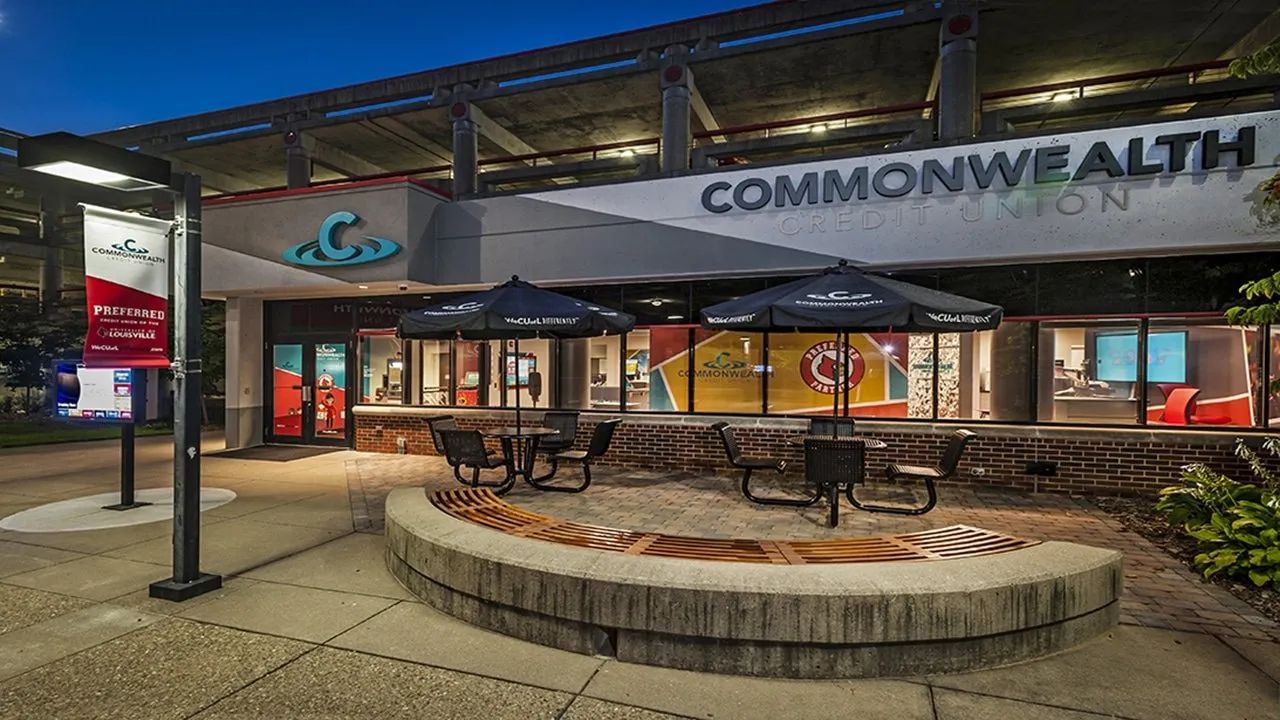
For decades, the colossal coastal metropolises of New York and San Francisco have cast long shadows over the American economic landscape, synonymous with innovation, finance, and culture. They were the undisputed titans, drawing talent and investment, and often seen as the exclusive playgrounds where one could truly “live your best life.” Yet, a powerful, undeniable shift is underway, challenging this long-held perception and painting a new, more diverse picture of American prosperity. The future of the U.S. economy, it seems, is increasingly powered by vibrant cities tucked below the Mason-Dixon line.
This isn’t just a fleeting trend; it’s a profound reorientation of economic and societal power. As Barron’s recently reported, metropolitan areas across the Sunbelt are rapidly becoming the new hot spots for growth and opportunity. These emerging hubs are offering compelling alternatives, redefining what it means to be a powerhouse city in the 21st century. It’s an exciting time, as the nation moves towards a more multipolar structure, a reflection of changing priorities and evolving dynamics.
We’re about to embark on an in-depth exploration of this fascinating transformation, diving deep into the factors driving it and shining a spotlight on four pivotal Sunbelt cities—Houston, Dallas, Miami, and Nashville—that are at the forefront of this economic revolution. Get ready to see how these dynamic locales are poised to be central to America’s economic future, challenging established norms and forging new paths for prosperity and progress. This shift is reshaping our country in profound ways, and understanding it is key to grasping where America is headed.
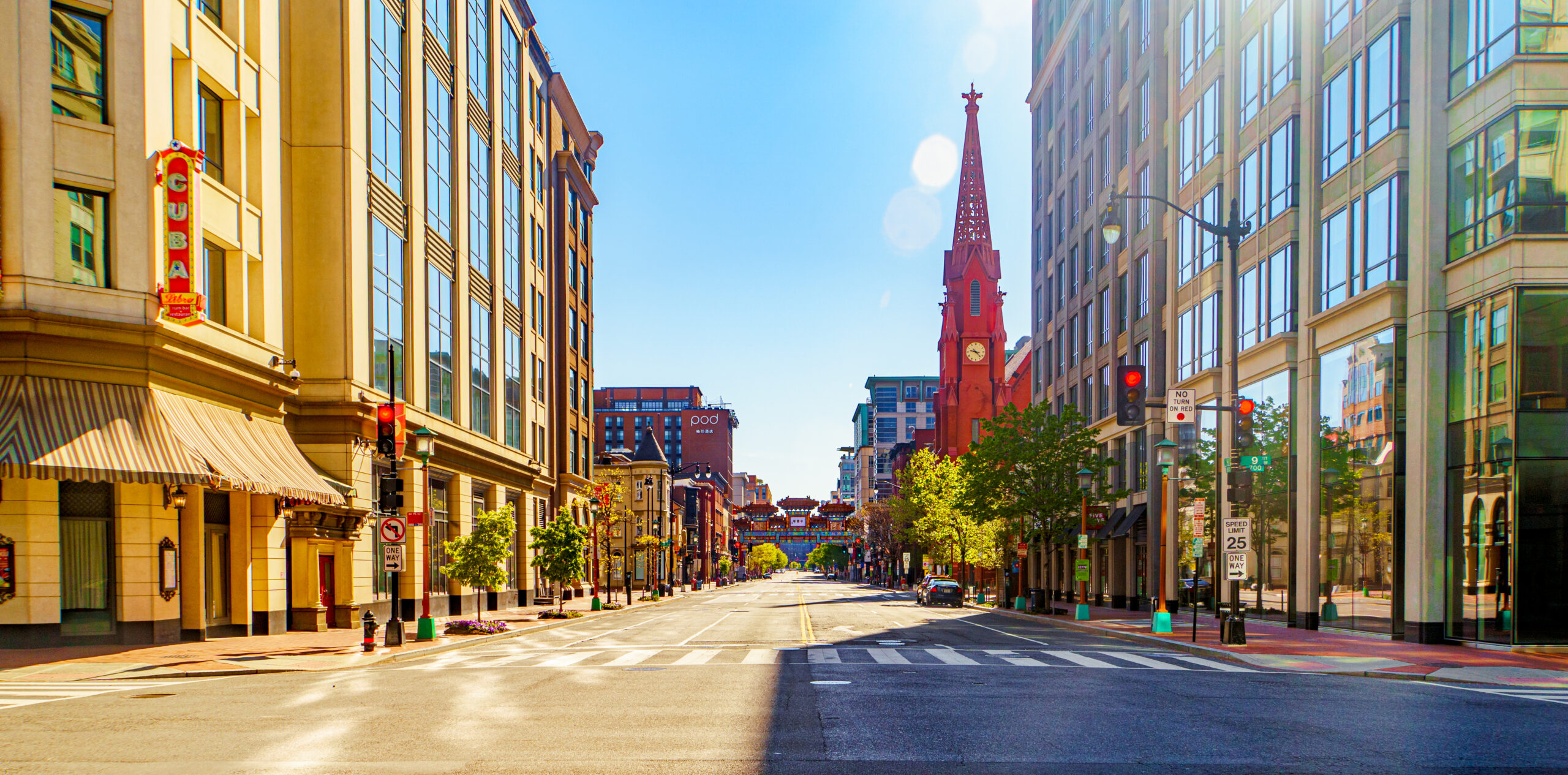
1. **The Great American Urban Exodus and the Rise of the Sunbelt**: There’s a palpable shift in economic and societal power happening right before our eyes, moving away from the colossal coastal cities that have long dominated the narrative. Places like New York and San Francisco, while still significant, are seeing their influence contested by a rising tide of metropolitan areas across the Sunbelt. This phenomenon, as recently highlighted by Barron’s, signals a significant rebalancing of America’s economic geography.
Economic power, it turns out, is indeed flowing vigorously to the middle of the country, transforming cities such as Houston, Dallas, Nashville, and Miami into burgeoning hot spots. These cities are not just growing; they are becoming crucial centers of gravity for industries, talent, and investment. This recentering suggests a more diversified national economic footprint, extending far beyond the traditional power corridors of Wall Street or Silicon Valley.
Niall Ferguson, a Stanford historian, succinctly captured this evolution, noting that “You used to have two coastal power zones where you could live your best life, never really touching down in the red states.” He now observes, “We now have much more of a multipolar America rather than a bipolar America.” This change, he explains, reflects a combination of factors, including taxes, quality of life, cost of living, the ability to build, and incredibly striking differentials in quality of governance. It’s a compelling argument for a more distributed and diverse national strength.
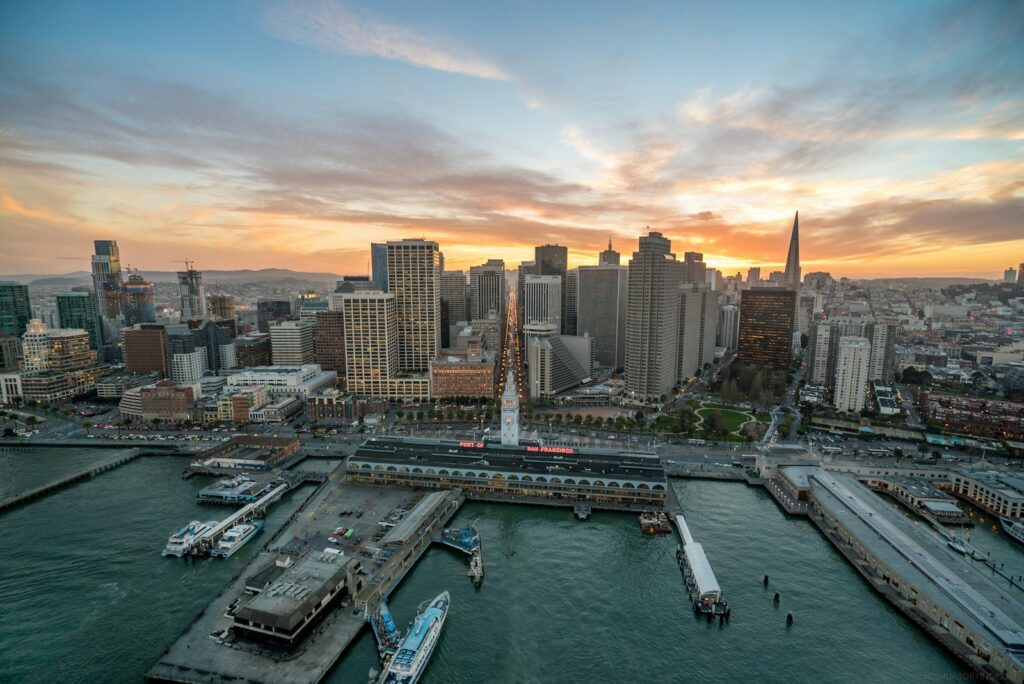
2. **A Magnet for Relocation: Data Reveals the Shifting Sands of American Residency**: The anecdotal buzz about people leaving high-cost coastal cities is strongly backed by hard data, confirming a significant migratory trend. A March Redfin analysis of user search data offered compelling evidence, revealing that San Francisco, New York City, Los Angeles, and Washington, D.C., were the top four cities Americans were actively looking to relocate from. This indicates a widespread desire for change among residents of these traditionally dominant urban centers.
Conversely, the same analysis pointed to a clear direction for these aspiring movers. Miami emerged as the city users appeared most interested in relocating to, signaling its growing appeal. Dallas and Houston also featured prominently in the top relocation destinations, ranking eighth and 10th respectively. This consistent interest in Sunbelt metros highlights a sustained pattern of inward migration.
The primary motivators behind these relocation decisions appear to be quite practical and financially driven. Lower taxes and housing costs consistently rank among the top factors influencing movers. This economic calculus underscores a broader search for affordability and a better return on investment for one’s earnings, making the Sunbelt an increasingly attractive proposition for individuals and families seeking a more sustainable lifestyle.
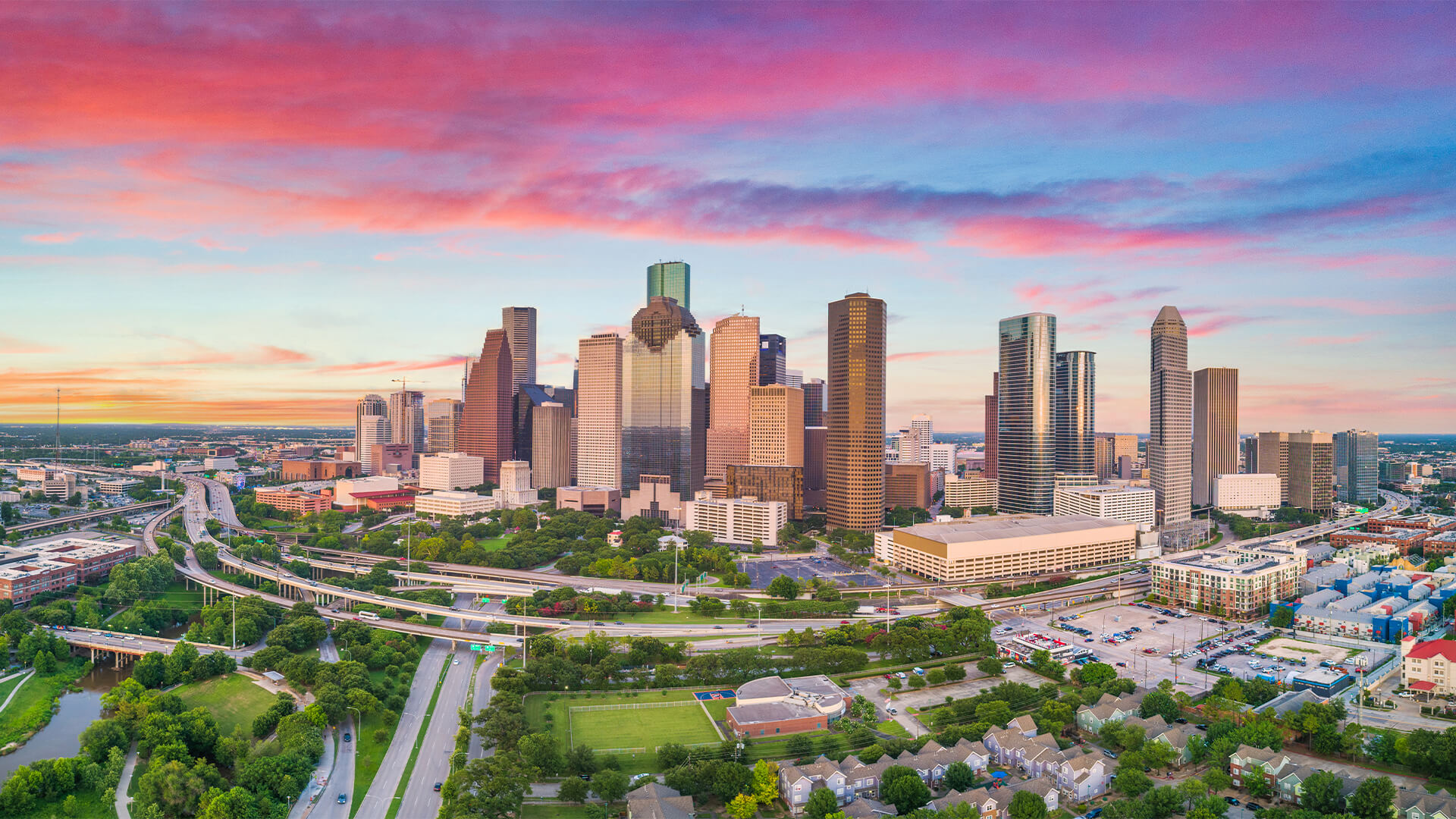
3. **Houston: Fueling America’s Future, From Oil Fields to Outer Space**: Houston stands as a true titan among American cities, firmly holding its place as the fourth-largest in the U.S. Its economic prowess is undeniable, serving as home to a remarkable 26 Fortune 500 companies, a figure surpassed only by New York City and Chicago. For decades, a significant portion of Houston’s economy, as much as 40%, has been directly or indirectly tied to its foundational oil and gas industry, making it a global energy capital.
Yet, Houston is far from static, actively embracing the monumental shift toward renewable energy, poised to capitalize on these emerging opportunities. Time reported on fascinating data from McKinsey, suggesting that by 2040, Houston could attract an astonishing $250 billion in annual investments linked to the burgeoning energy industry. This potential is largely due to its unparalleled existing infrastructure and a highly skilled workforce, both legacies of its traditional energy dominance, now perfectly positioned for the future.
Beyond its earthly energy ambitions, Houston also maintains a powerful connection to the cosmos. As the home to NASA, the city is uniquely positioned to be a central hub for the burgeoning space industry. This dual focus on both traditional and futuristic energy, coupled with its role in space exploration, highlights Houston’s dynamic adaptability and its sustained importance as a cornerstone of America’s economic and technological future.
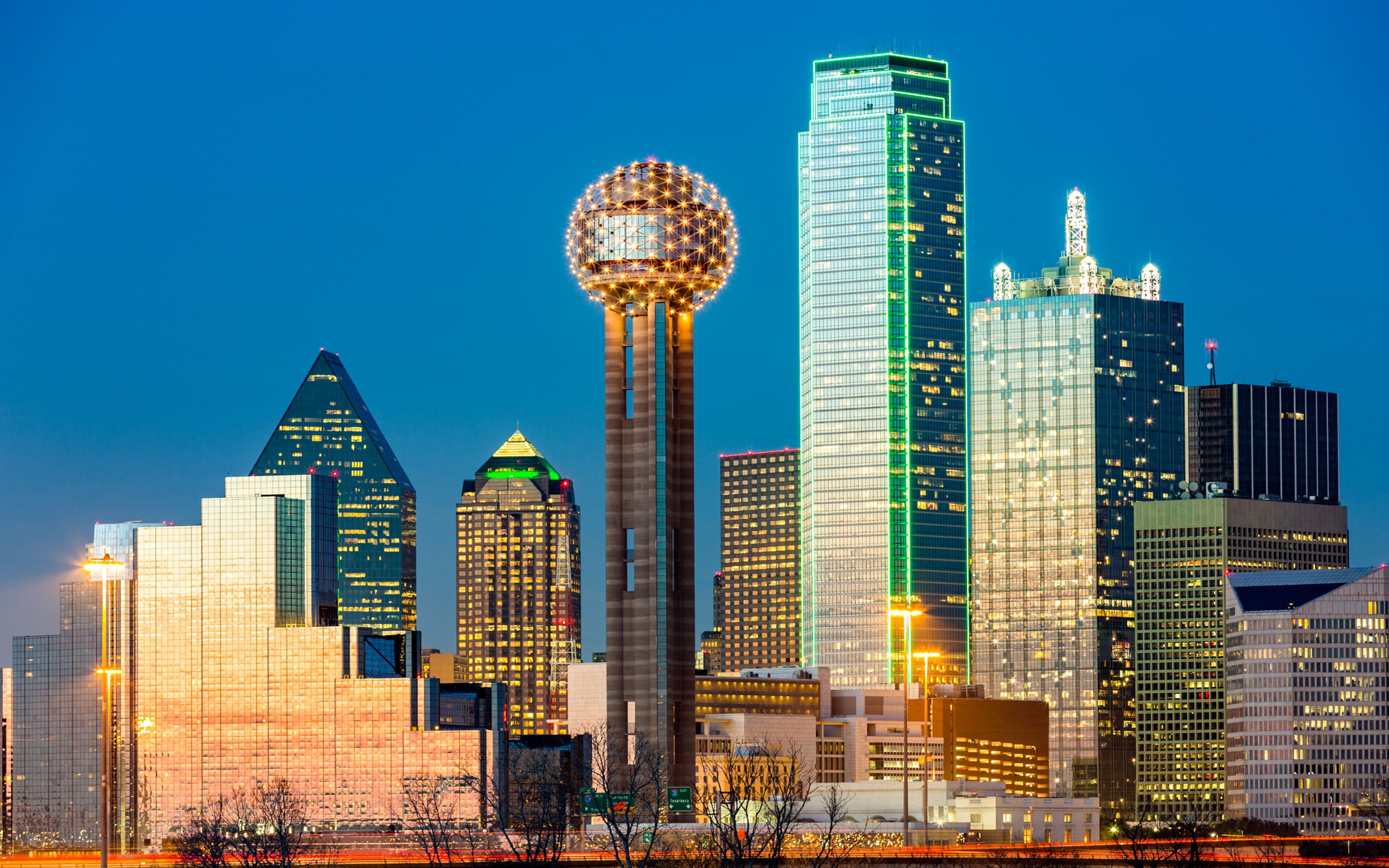
4. **Dallas: The Engine of North Texas’s Explosive Growth and Youthful Energy**: Dallas is not just growing; it’s experiencing an extraordinary population surge, solidifying its position as a magnet for new residents. From 2021 to 2022, the Dallas metro area witnessed the largest numerical population increase of any U.S. metro area, welcoming a net increase of over 170,000 people, according to the Census Bureau. This incredible influx of residents is transforming the city’s demographic and economic landscape at an impressive pace.
The city’s appeal extends strongly to the corporate world, with an astonishing number of businesses choosing to make North Texas their new home. Since 2010, more than 175 companies have relocated their headquarters to the Dallas area. Furthermore, major business behemoths are not just moving in; they are also undertaking significant expansions within the city. Goldman Sachs, for example, has announced plans to add approximately 5,000 jobs in Dallas upon the completion of its new regional office.
Dallas offers a particularly attractive environment for companies seeking talent, boasting a growing cohort of “prime working age” individuals, specifically those between the ages of 23 and 38. This youthful, energetic workforce is complemented by a substantial pool of graduates holding tech degrees. Such a combination positions Dallas exceptionally well for continued growth and solidifies its potential to evolve into a major tech hub in the years to come, further diversifying its already robust economy.
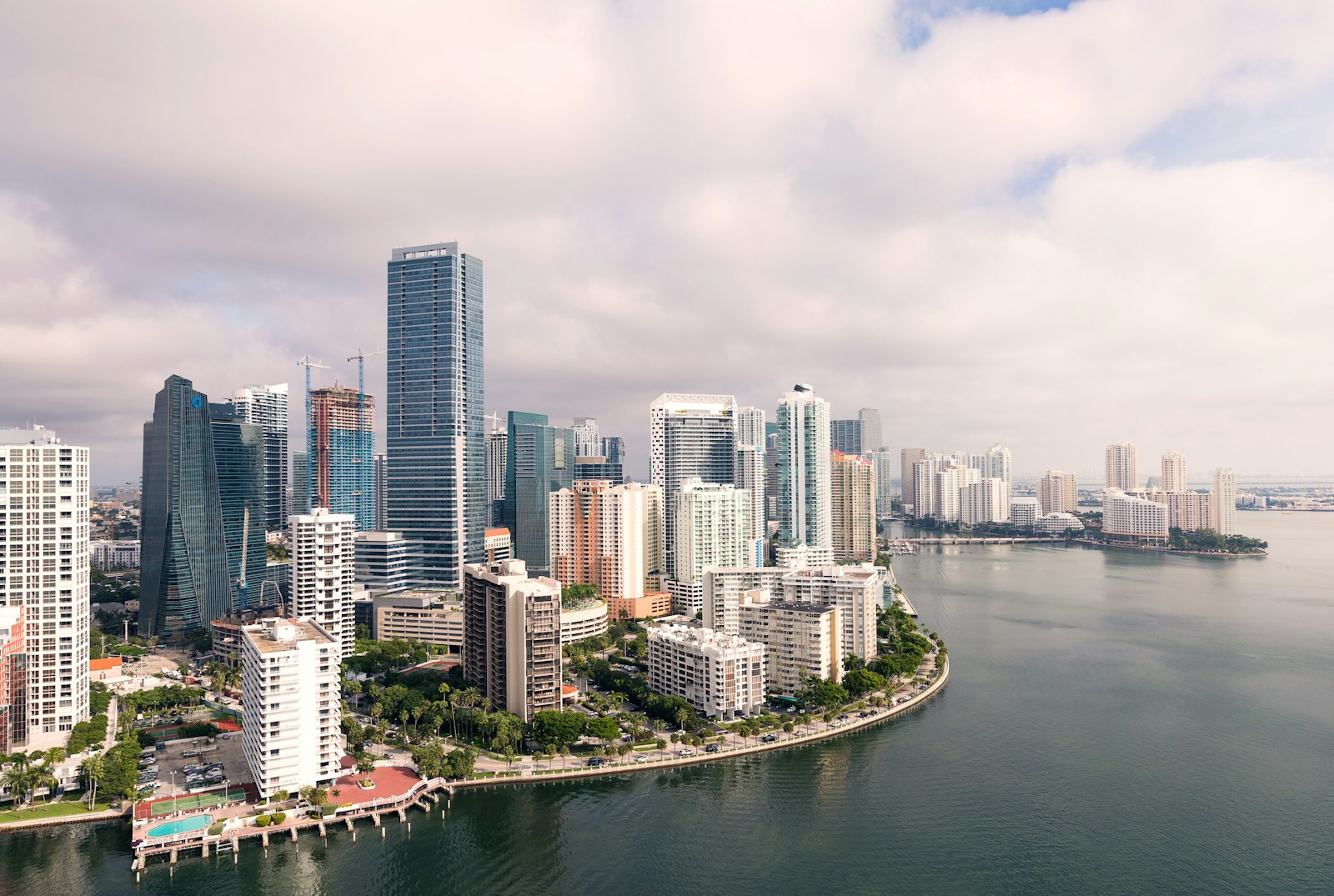
5. **Miami: A Vibrant Crossroads of Finance, International Commerce, and Affluence**: Miami’s allure is undeniable, as evidenced by its rapid population growth and increasing prominence on the national stage. The city’s population expanded by 1.7% from 2021 to 2022, marking the fourth-fastest rate among the 50 largest U.S. cities. This surge has attracted high-profile figures, including Jeff Bezos, the founder of Amazon, who famously announced his move to Miami after 29 years in Seattle, signaling a broader trend among influential individuals.
While the city’s much-discussed crypto boom didn’t fully materialize as some had predicted, Miami’s financial sector is thriving in other areas. Prominent hedge funds, such as Elliott Management and Citadel, have flocked to the city, establishing a robust presence. Crucially, Miami’s strategic proximity to Latin America positions it as a vital gateway for international commerce, serving as home to the headquarters of more than 1,100 multinational corporations. Strong immigration levels are expected to continue boosting its workforce and fueling economic growth in the years ahead.
Beyond business, Miami remains a perennially popular destination for tourists and the exceptionally wealthy. A report by the consulting firm Henley and Partners revealed a striking statistic: from 2012 to 2022, the number of millionaires residing in Miami soared by 75%, one of the fastest rates observed anywhere in the country. This confluence of finance, international trade, and luxury lifestyle cements Miami’s status as a dynamic and increasingly affluent global city.
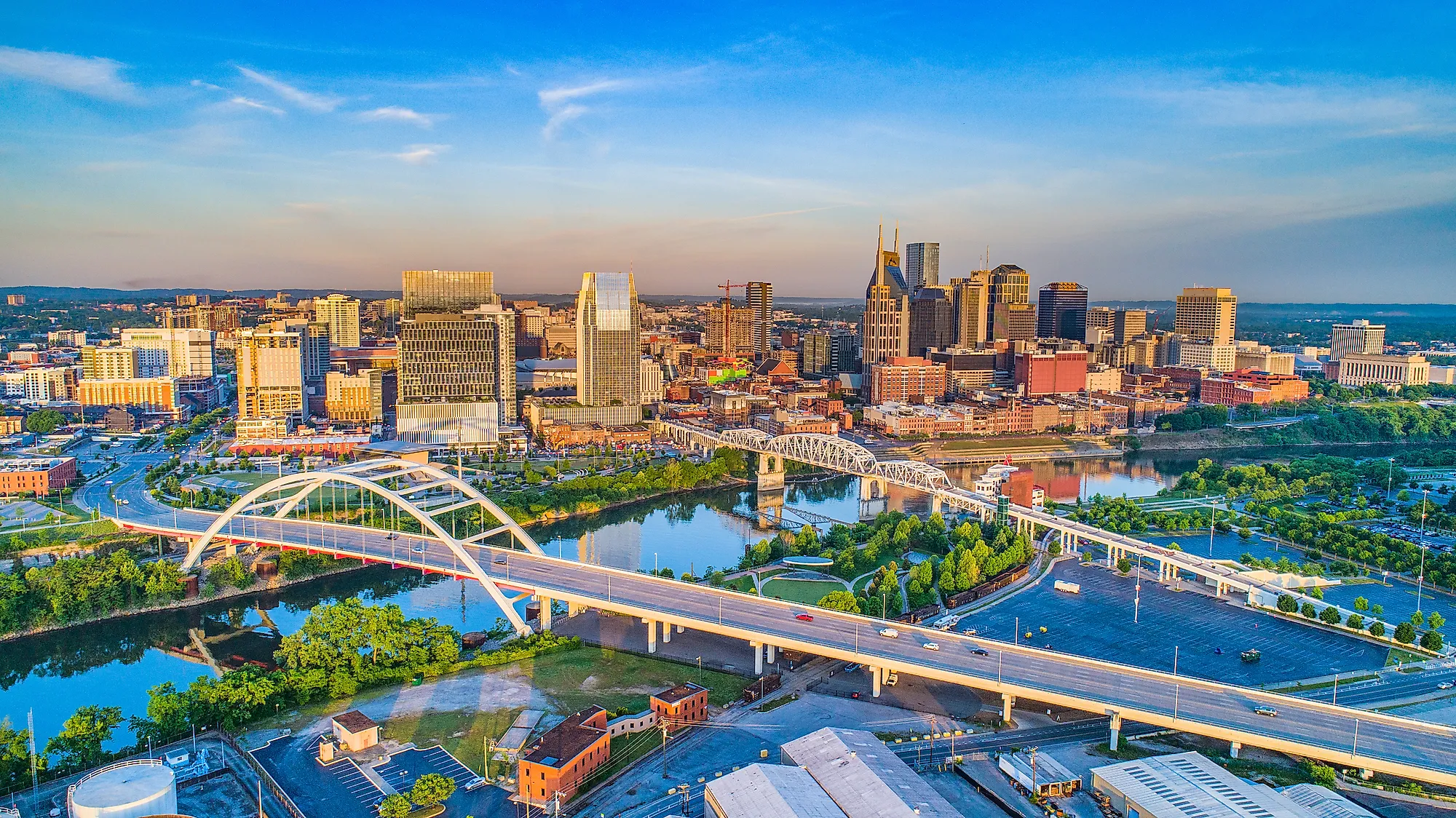
6. **Nashville: Music City’s Harmony of Healthcare, Tech, and Economic Opportunity**: Nashville, famously known as Music City, is striking a harmonious chord in the economic arena, consistently ranking high for its robust opportunities. An analysis by the HR firm Checkr earlier this year crowned Nashville as the top city in the U.S. for both job opportunities and earnings potential. Further solidifying its economic strength, the Milken Institute’s rankings in May placed Nashville at number four among the nation’s best-performing cities, particularly noting its impressive labor-market performance and diverse economic opportunities.
Indeed, while Nashville’s vibrant music and hospitality industries are undeniably strong and well-known, they are just one facet of its powerful economic engine. As the Milken Institute’s report aptly pointed out, “While Nashville is a well-known and popular tourist destination, its economy is bolstered by more than just the music and hospitality industries.” This points to a deeper, more diversified economic foundation that provides remarkable stability and growth.
A cornerstone of Nashville’s economic success is its designation as the healthcare capital of the U.S. The city proudly hosts more than 500 companies within the healthcare industry, including 17 public healthcare companies, which collectively account for an astounding 570,000 jobs in the Nashville area. Furthermore, Nashville is increasingly making its mark in the tech sector, attracting significant investments from industry giants like Amazon and Oracle in recent years. This blend of established and emerging industries paints a picture of a truly diversified and thriving economy.

7. **The Inevitable Challenges of Rapid Growth for Sunbelt Cities**: While the economic gains for these burgeoning Sunbelt cities are undeniably significant, the rapid advancements are not without their potential obstacles. As these metros enter the limelight, they are already encountering some of the very challenges that have long plagued areas with surging demand, notably the escalating housing costs. This is a common byproduct of swift population influx and increased desirability, and it’s something these dynamic southern cities are beginning to experience to varying degrees.
Another significant consideration for these rapidly expanding southern metros, characterized by their often high temperatures, is their vulnerability to the future impacts of the climate crisis. Miami, in particular, stands out as a city that could be especially susceptible to environmental challenges posed by a changing climate. Addressing these long-term environmental concerns will be crucial as these cities continue on their growth trajectories, requiring proactive planning and investment.
The burgeoning success of Sunbelt cities also sets the stage for a compelling battle over bragging rights in the coming years. This will be a fascinating contest between the traditional coastal powerhouses and these rising Sunbelt metros, each vying for the title of offering the most economic power and opportunity. This competition highlights a broader shift in America’s urban landscape, where the old guard is now facing formidable new contenders.

8. **The Deepening Red vs. Blue Divide: Beyond Electoral Maps**: The familiar concept of “red states” and “blue states” has evolved far beyond a simple color code used on election nights; by 2025, it has become a deeply ingrained shorthand for fundamental differences in how Americans perceive everything from taxation and school boards to the very role and scope of government itself. What began as an electoral convenience in the 2000 presidential election has since morphed into a profound marker of American life, encapsulating diverging cultural priorities and economic models.
Red states, traditionally leaning Republican, are defined not just by their voting patterns but also by a distinct set of societal and economic expectations from their state governments. Conversely, blue states, leaning Democratic, embody a different set of political and social values. This divide increasingly cuts through the fabric of the nation, influencing public policy, social discourse, and the daily experiences of citizens, reflecting a growing polarization that extends into various aspects of public life.
This evolution signifies that the red-blue dichotomy is no longer merely about which candidate wins an election. It speaks to a broader, more complex narrative about America’s identity, its future direction, and the competing philosophies vying for influence across its diverse regions. The lines are drawn not just on electoral maps, but in the very fabric of communities, shaping local governance and policy agendas.

9. **America’s Shifting Electoral Landscape: Key Takeaways from 2024 and Beyond**: The 2024 presidential election starkly illustrated both the significant shifts occurring in America’s political lines and, paradoxically, their inherent stubbornness. According to Reuters, the red bloc notably gained ground, with 31 states voting for Republican candidate Donald Trump, while 19 states cast their ballots for Democratic candidate Kamala Harris. This outcome marked a substantial shift, as the red bloc picked up important “new” members: Arizona, Georgia, Michigan, Nevada, Pennsylvania, and Wisconsin, all states that had previously voted for Biden in 2020, signaling a powerful reorientation of the electoral map.
While more states are now coded red, a quick but crucial takeaway is that blue states tend to be more densely populated. This demographic reality often means that the national popular vote tells a different story than the Electoral College map, underscoring the complexities of presidential elections in the U.S. Margins of victory also proved highly significant in 2024, with deep red states like Wyoming (Trump +46) and West Virginia (Trump +42) showing wide gaps, and deep blue states like Vermont (Harris +32), Maryland (Harris +29), and Massachusetts (Harris +25) mirroring this trend.
However, the real electoral drama unfolded in states where the gap was razor-thin, such as Georgia and Wisconsin, which were “squeakers.” These close contests served as powerful reminders that a “safe” political leaning is never a given in American politics. The overview of U.S. presidential elections from 2012 to 2024 further highlights the volatility of key swing states, including Arizona, Georgia, Michigan, Nevada, Pennsylvania, and Wisconsin, which have frequently changed party alignment across recent elections, making them pivotal battlegrounds drawing heavy investment from both conservative and progressive groups seeking to tip the balance.
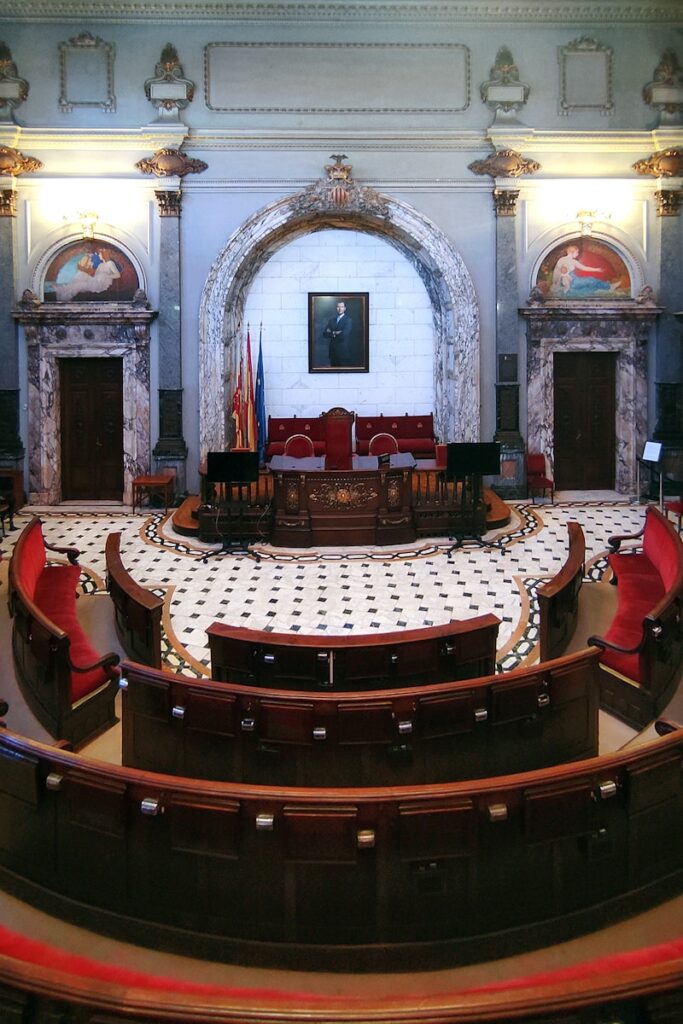
10. **The Nuance of Power: State-Level Politics and Local Governance**: Beyond the headline-grabbing presidential races, the structure of local power often reveals a far more intricate political narrative. As of March 2025, Bloomberg Government’s rough breakdown of state-level power illuminates this complexity. In the Senate, 25 states are represented by two Republican senators, 21 states by two Democratic senators, and four states have mixed delegations. This indicates that while Republicans hold a slight edge in the Senate, their dominance is far from overwhelming, pointing to a more balanced, albeit polarized, federal legislative landscape.
Looking at governorships, the distribution shows 27 Republican governors and 23 Democratic governors. This balance occasionally yields surprising results, such as Vermont, a famously blue state in presidential elections, having a Republican governor, and Virginia also being led by a Republican. These instances serve as a potent reminder that voters sometimes exercise their discretion across party lines when it comes to local leadership, suggesting that decisions are often based on a trust in individuals to “run things at home” rather than strict party allegiance.
In the House of Representatives, delegations are even more mixed, demonstrating significant regional variations. Massachusetts, for instance, sends nine Democrats to Congress and not a single Republican, while Oklahoma exhibits the opposite, sending five Republicans and no Democrats. Even within strongly blue states like California and New York, Republican representatives hold seats in specific districts, such as Ken Calvert in California’s 41st District or Nicole Malliotakis in New York’s 11th District. This granular view of legislative representation underscores that the political map is not a uniform block of red or blue, but a mosaic of localized preferences and political identities.
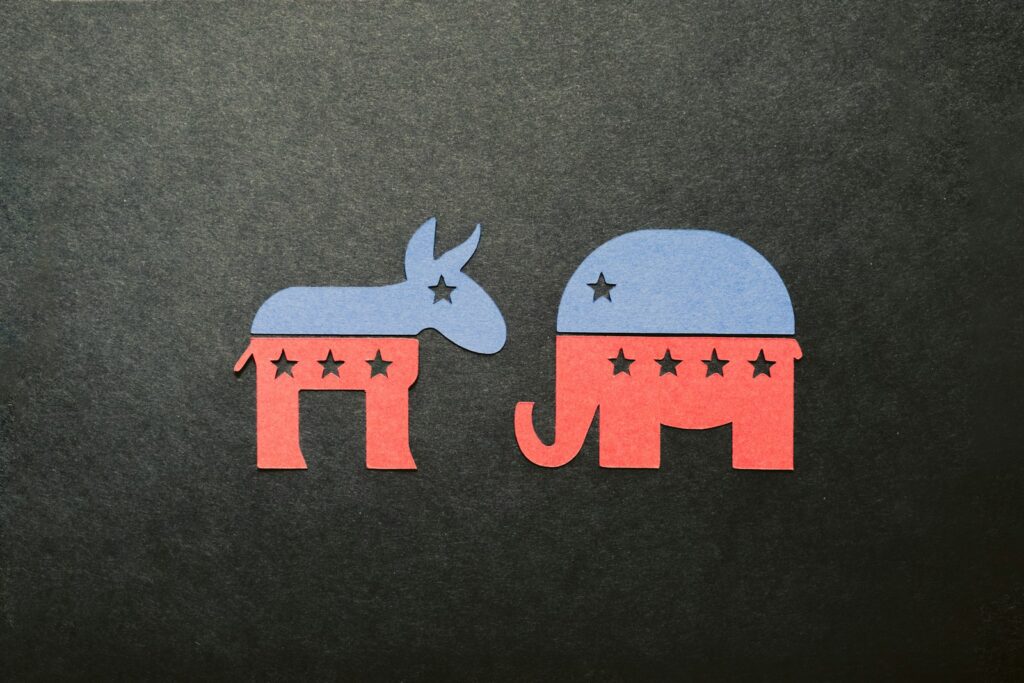
11. **Policy Battlegrounds: Conservative Momentum and Pushback in 2025**: The political landscape in 2025 is a dynamic arena where battles over ideas, budgets, and priorities are intensifying on multiple fronts, extending far beyond the immediate aftermath of an election. In red states, there is a clear and aggressive momentum to advance conservative policies. For example, the Alabama Policy Institute launched ALDOGE with the aim of slashing regulatory overreach and championing universal school choice. Similarly, in Texas, the Senate approved measures in April 2025 to increase the homestead exemption from $100,000 to $140,000, providing significant property tax relief, while the House passed a $337 billion budget allocating $51 billion toward property tax relief as a top priority.
Mississippi lawmakers are also pushing the “Build Up Mississippi Act,” a plan designed to eliminate the state income tax over a decade, with universal school choice identified as another major objective. This collective trend indicates that red states are actively striving to establish national examples for limited government, advocating for school choice initiatives and promoting low-tax economic models. These efforts represent a deliberate strategy to shape the broader policy discourse and influence national trends from a state-level foundation.
However, conservative efforts are not confined to traditionally red territories; policy organizations are actively engaging to influence urban voters and local policies within blue states, refusing to cede ground without a fight. The Illinois Policy Institute (IPI), for instance, has consistently opposed tax hikes, highlighting that Illinois residents are projected to pay over 10% of their annual income in state and local taxes in 2025, ranking the state seventh-highest nationally. In Massachusetts, the Pioneer Institute successfully pushed for legislative and healthcare transparency, leading to the passage of Ballot Question 1 demanding open government. The Empire Center in New York is also vocal, critiquing high K-12 education spending and raising alarms about costly climate initiatives. These seemingly smaller, localized wins accumulate over time, contributing to a persistent ideological struggle. The swing states remain pivotal battlegrounds, attracting concentrated resources from groups like the Commonwealth Foundation in Pennsylvania and the Institute for Reforming Government in Wisconsin, who are investing heavily in educational reform, tax relief, and judicial elections, recognizing that flipping just one or two of these states could indeed decide the next presidency.

12. **The Intricate Web: Economic Interdependence Across Red and Blue States**: Setting aside the overt political divisions, the flow of money across the nation reveals a far more intricate and interdependent economic story. A February 2025 analysis by TIME sheds light on this complexity, revealing that blue states consistently contribute more in federal taxes than they receive back in spending. Conversely, red states generally tend to receive more in federal support than they contribute. This means that economically powerful blue states such as California, New York, and Massachusetts are, in essence, subsidizing red states like Mississippi, Alabama, and West Virginia at the federal budget level, highlighting a crucial, often overlooked, layer of national economic integration.
This striking economic interdependence profoundly blurs the simplistic “us vs. them” thinking that often characterizes political discourse. The fiscal health and robust economic output of “blue” economies directly impact the well-being of “red” states, and vice versa. It underscores that despite their differing political leanings and policy approaches, the prosperity of one region is inextricably linked to the others, making a truly isolated economic existence an impossibility within the United States.
While American politics might sometimes appear predictably static, with 35 out of 50 states consistently voting the same way in every presidential election since 2000, underlying shifts are constantly at play. Only 15 states have truly flipped back and forth, and between 2016 and 2024, only six states—Georgia, Arizona, Wisconsin, Pennsylvania, Michigan, and Nevada—actually changed their political leaning. This phenomenon points to a “Purple America,” where a closer, county-by-county examination reveals that most areas are not brightly red or deep blue, but rather varying shades of purple, indicating a political diversity that subtly bubbles just beneath the surface, even in the most ostensibly monolithic states.
As we edge toward 2026 and 2028, the political and economic landscape of America is poised for continued evolution. While Republicans currently hold a numerical advantage in states, governorships, and Senate seats as of early 2025, Democrats maintain strong bases within densely populated, economically powerful states. Conservative groups are actively working to make inroads in blue states, while progressive organizations are strategically fortifying swing states, ensuring that the battles for influence are waged on multiple fronts. Economically, the red and blue states remain deeply interconnected, a reality that transcends political preferences. The “red vs blue” shorthand, while useful, only tells part of the story, as local leaders, ballot initiatives, swing voters, and the undeniable forces of economics continually muddy the water. Expect the landscape to keep shifting, not through sudden, cataclysmic events, but via slow, steady tremors that can, over time, subtly reshape everything we thought we knew about America’s future.



